As the pandemic evolves, schools and families take a look at what a post-COVID campus looks like.
As the 2021-22 school year ends, most students were able to go to prom, graduate on stage, throw their caps up and hug their friends.
This school year, dances were held, homecoming queens were crowned, and parents were welcomed back by teachers for open houses and plays.
It was the closest to “normal” since March 2020, and while educators and families still had to navigate the murky waters of an evolving pandemic — everyone was happy to be back.
But the question still remains, will schools ever go back to life before COVID?
Or has the educational landscape been irrevocably changed and now families and schools must embrace a new kind of normal for good?
Easing Back to Campus
For Paulomi Shah, a parent with two children in the Capistrano Unified School District (CUSD), she watched her two daughters struggle with remote learning, despite teachers working hard to keep students engaged.
“It was a real downer for them,” Shah said. “It was really, really hard to get the same quality of education, so as soon as the school resumed, we sent them back. It was life-changing for them to go back to school, and they didn’t care about having to wear a mask.”
Shah said she and her family trusted CUSD and the safety protocols they put in place when schools reopened in September 2020. They had a mask policy in place, did a lot of outdoor learning, class sizes were cut in half and the school eased parents and students in with a hybrid model.
Capistrano Unified was among the first — and one of the largest in the state — to invest in counseling and ensure school counselors were available at every school to support students and their families.
“We learned during the pandemic to have a one-day-at-a-time mindset, because things continue to change,” said Ryan Burris, chief communications and public engagement officer for Capistrano Unified. “We had a successful school year, and we did that by continuing to adjust our operations when necessary. We keep our focus on our students and their families and continue to keep everyone informed as things continue to change.”
In the last year, Shah has watched her daughters reenter school life once again. They’ve joined clubs, got involved in sports and are living life as close to normal as possible. But school has changed, according to Shah, and she sees it for the better.
“This whole year, the school upped their entire system and they have thought of creative ways to teach online, which is a great advantage of this whole pandemic,” Shah said. “Now if a kid is sick or has to miss school, they can still learn online. They can post their homework online; they can still communicate with their teachers.”
In San Juan Capistrano, the halls at JSerra Catholic High School have largely returned back to “normal” despite a few lingering masks from a small percentage of students and teachers.
Campus life bustles with excitement, as students make their way through the 37-acre campus, enjoying the grassy quad on a sunny day, planning ahead for the annual school traditions from football games to school dances, academic field trips to high school graduation.
From the outside, there is very little which reflects a COVID-era campus.
But as the private school wraps up its second school year in a global pandemic, JSerra Headmaster Rich Meyer says the experience has changed how they view education.
Their biggest takeaway? Nothing beats in-person learning.
“Prior to COVID happening, the leadership in our board was looking at ways we could offer educational experience beyond our community. We were asking ourselves: Can we extend JSerra online to make us available to more families?” Meyer said. “And yes, through the pandemic we were able to see that online education can be effective for certain things. You can impart information. You can create a detached online experience. But can you cultivate the relationships that make us who we are? The answer is a resounding no.”
For Meyer, remote learning took away the efforts and mission statements that the school was founded on, and that was a big realization for them, which is changing the way they will continue to teach moving forward.
“It was such a burden for our faculty to have them teach two different classes. It didn’t sound difficult at first, just flip on the camera and start recording, right? No. The details are far bigger than we knew.”
When the school shut down March 2020, the private school was able to pivot to remote learning rather quickly. They were up and running a few days later, while dealing with all of the usual challenges that resulted from remote learning, and later hybrid learning.
According to Meyer, being a private school allowed them to be nimble, and gave them the opportunity to give their families what they wanted — on-campus education.
“The pandemic galvanized our community,” Meyer said. “We rallied together the last couple of years, and we have been able to transition back really well and if we ever had to do this again, we could without a gap.”
Since March 2020, the school has invested about $1 million in technology, along with online infrastructures that would allow them to put remote learning in place quickly. They’ve also doubled down on key initiatives at the school, including campus renovations, outreach to the community, hiring more staff and putting a focus on the people who kept the school moving forward during the pandemic — the staff, teachers and families.
“During the pandemic, we put a lot of effort in saying, ‘We are here, we are open and we want your kids in class,’” Meyer said.
As the second largest school district in Orange County, Santa Ana Unified School District (SAUSD) returned back to school in August 2020.
The city of Santa Ana had some of the highest COVID-19 infection rates in Orange County, so their return to campus was met with extreme caution. Comprehensive plans were put in place, and they created a number of options if the school needed to slide back into virtual learning, according to Santa Ana Unified School District Superintendent Jerry Almendare.
Almost two years after that cautious reopening, SAUSD is almost back to normal, but they admit normal looks different these days.
While Santa Ana Unified returned to in-person instruction for the 2021-22 school year, they offered a virtual academy for families who didn’t feel safe sending their children back to school, which accounted for about 10 percent of its 44,000 students.
The district will continue to offer its virtual academy going forward for parents who have safety concerns, but also for students who prefer learning in this model in general.
COVID safety protocols also continue to remain in place, including COVID-19 testing at all schools for students and staff, and while masks are no longer required at Orange County schools, SAUSD still provides them for students who want one.
“The biggest difference you might see if you visit our schools today compared to before the pandemic is a lot of our students and staff are still deciding to wear masks,” Almendare said.
“It’s likely we will never return to [an] environment as we had before March 2020. I can see some masking still taking place, especially during cold and flu season. We are also much more aware of things like hand washing regularly and staying home when anyone has any symptoms or is sick. Even fist bumping is slowly replacing hand shaking.”
Related Posts:
- Back-to-School Survival Guide During COVID-19
- Solutions to Summer and Pandemic Learning Loss for Students
- Impact: What Transitioning to the “New” Normal Means in Education
From Pivoting to Embracing the Virtual World
With five campuses across Orange County, from Anaheim to San Juan Capistrano, Fairmont Schools is a private school that functions similar to a school district.
When COVID closed the schools down on March 13, 2020, Director of Education Kristen Jansen quickly took on her new role as COVID coordinator and the school pivoted to meet the needs of students and families who all lived in different parts of Orange County.
“We kept our schools open, and we allowed our parents to choose,” said Jansen. “We learned that we could provide education in a lot of different ways. And we really just made the best out of it.”
In the last few years, Fairmont Schools found livestreaming was the best educational model for them. A bit more challenging for teachers, but they found students were able to log in and feel more connected to the classroom this way.
“This fall when we came back, the teachers really didn’t want to have remote teaching, so we chose a model that allowed us to bring all of our kids back, but we still needed to offer livestreaming,” Jansen said. “We had giant flatscreens and teachers had to wear microphones. It was 100 percent more challenging, but the students felt like they hadn’t skipped a beat.”
According to Jansen, their nimbleness as a private school allowed them to embrace virtual learning, as well as launch town halls through Zoom, which actually gave them a chance to connect with families in a way they never had before.
These days, they rely much more on technology as a way to stay connected to students. They’ve invested in tablets, software platforms and have intertwined it with good, old-fashion teaching, pencils, paper and proper handwriting.
“It’s a great collaborative we’ve created. We harness the technology, iPads in the classroom, teachers can post questions online,” Jansen said. “But students still need to pick up a pencil and paper, so we look for balance.”
In their new digital platforms, Fairmont Schools has implemented the virtual town halls and created a biweekly email for the staff and administration, which has opened the lines of communication for all of the schools — something they had never done before.
Jansen, whose position as COVID coordinator will continue, said the pandemic continues to evolve every single day. Her new normal includes monitoring all state and federal websites, trying to stay ahead of all the daily changes and suggestions schools are asked to follow.
“This is whatever we call normal now,” Jansen said. “But we focus on our students and teachers now, returning to more creativity and lots of collaboration. We look forward to all of that now.”
By Cindy Arora

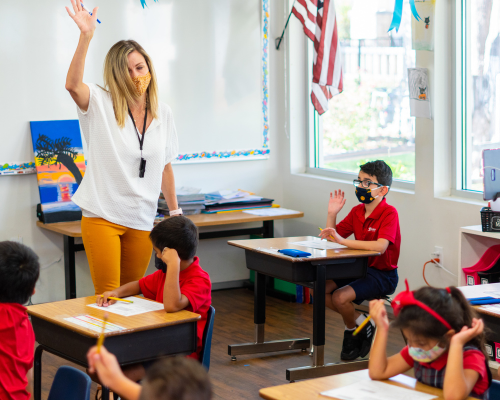
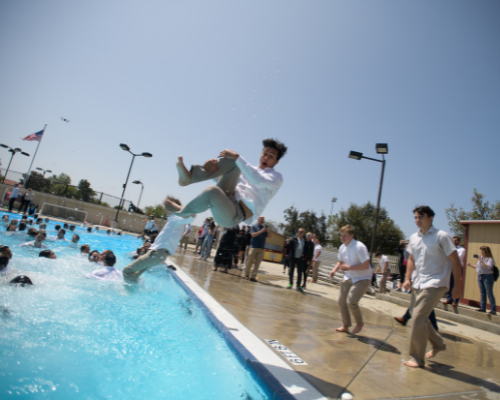
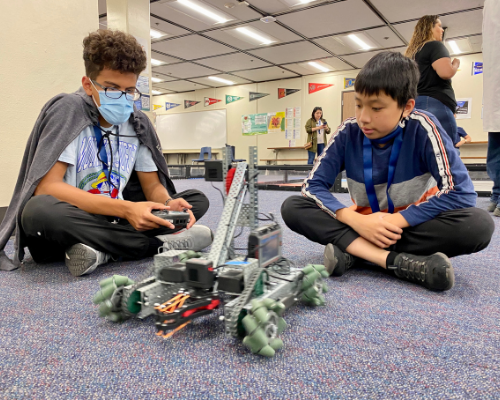





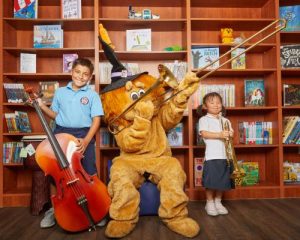
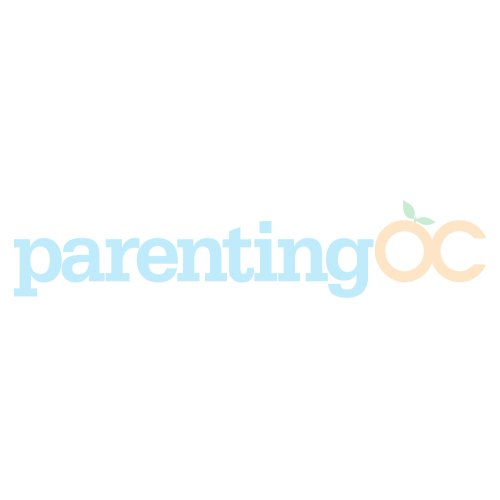

Leave a Reply